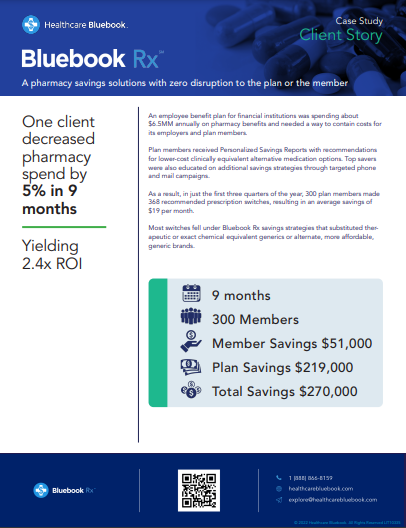 According to the Centers for Disease Control and Prevention, roughly 74 percent of adults in the United States are classified as overweight. Medications can help, and you’ve likely noticed the rise of glucagon-like peptide-1 (GLP-1) receptor agonist drugs. Initially used to treat type 2 diabetes by mimicking the GLP-1 hormone that controls insulin and blood glucose levels, GLP-1s—such as Ozempic and Mounjaro—are the talk of the town for weight loss.
According to the Centers for Disease Control and Prevention, roughly 74 percent of adults in the United States are classified as overweight. Medications can help, and you’ve likely noticed the rise of glucagon-like peptide-1 (GLP-1) receptor agonist drugs. Initially used to treat type 2 diabetes by mimicking the GLP-1 hormone that controls insulin and blood glucose levels, GLP-1s—such as Ozempic and Mounjaro—are the talk of the town for weight loss.
Social media is abuzz as celebrities rapidly lose weight, but we aren’t all celebrities. GLP-1s come with a hefty price tag, often costing employers up to $1,349 per utilizer per month. More often than not, these drugs are the first line of defense, so you need a comprehensive weight management approach to ensure responsible access to GLP-1 weight loss drugs.
Strategies to Manage Access and Cost for GLP-1 Weight Loss Drugs
You want to support your employees’ health interests and goals, but health plan costs quickly add up. Several strategies can help as you optimize access to GLP-1 weight loss drugs.
Manage utilization.
Although GLP-1s have shown to be effective for weight loss management, they’re also easy to abuse—diminishing available supply and driving up costs. Employers are keen to ensure that employees aren’t using these drugs irresponsibly—such as for crash dieting—with most relying on utilization management to control costs.
Considering this approach? A few methods can help curb off-label or unnecessary utilization:
- Require authorization to ensure GLP-1 weight loss drugs are only used for FDA-approved purposes and in appropriate quantities.
- Establish criteria, such as a minimum waist circumference or body mass index (BMI), for GLP-1s to be covered.
- Cover GLP-1 weight loss drugs only when employees have or are at risk for comorbidities.
Supplement benefits with nutritional therapy.
Weight loss drugs alone aren’t the keys to sustained results. In fact, two-thirds of people stop taking weight loss drugs within a year. We’ve heard doctors and weight loss experts preach over the years: It’s all about diet and exercise. Set your employees up for success during and after their GLP-1 journey.
As Kaiser Permanente notes, “Behavior and lifestyle modifications remain essential to the long-term value of any workforce weight loss strategy.” Ensure you have a comprehensive benefits plan to support long-term weight loss goals. This could include providing resources such as:
- Coaching
- Nutrition education
- Non-pharmaceutical interventions
- Exercise support
Implement step therapy.
Who’s to say that opting for one of the mass-marketed GLP-1s is the only effective option? Going this route is actually more drastic; people prescribed these drugs can lose 15-20 percent of their body fat.
Step therapies, such as oral medications or lifestyle changes, provide alternative weight loss options while optimizing costs and ensuring an adequate supply of GLP-1 weight loss drugs for those who truly need them.
Explore alternate Rx sourcing.
“It’s cheaper than my insurance copay!” You’ve probably heard someone say this about cost-sharing programs, and even health insurers are beginning to encourage consumers to use them.
Coupons and copay cards effectively reduce prescription costs that may otherwise receive limited or no coverage, especially for complex or special medications such as GLP-1s.
Bluebook Rx can be used as a strategy to reduce overall pharmacy spend for members and employers alike. The program identifies overpriced medications and can suggest lower-cost, clinically comparable options—helping members save thousands and employers millions by reducing waste and overspending. An expansion to Bluebook Rx also addresses the rising costs of GLP-1s, offering a low-cost, bundled solution that enables members and employers to lower expenses for GLP-1s.
Embrace Rx Support to Mitigate the Costs of GLP-1s
GLP-1 drugs are changing peoples’ approach to weight loss, creating supply challenges for manufacturers as they try to keep up with demand and increased burdens for employers devoted to offering quality healthcare benefits. But you can take steps to ensure responsible and affordable use, from putting guardrails around utilization to covering alternate weight loss solutions.
Healthcare Bluebook can help! So much of your medical spend is related to pharmacy costs, and Bluebook Rx can balance costs with employee well-being. Learn more about Bluebook Rx, how it works, and its benefits.
